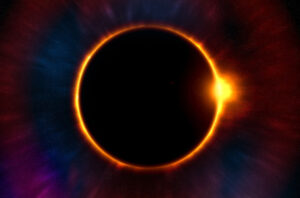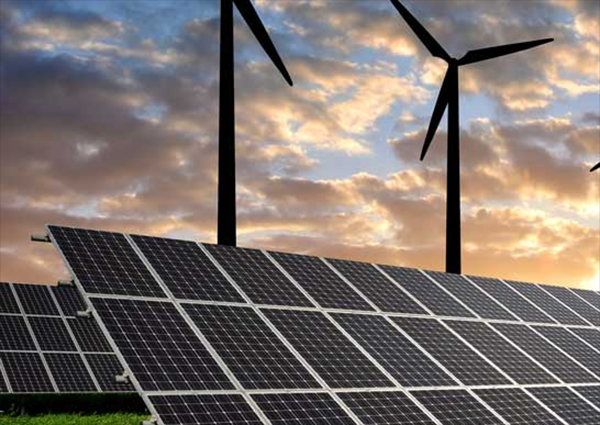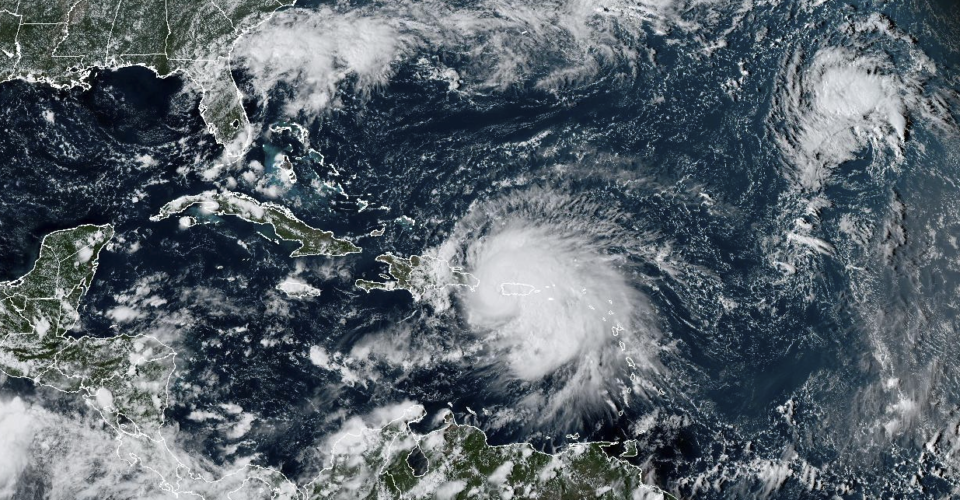
On April 8, 2024, a solar eclipse will start on Mexico’s Pacific coast around 11:07 a.m. PDT, traveling across parts of the U.S. and Canada until 5:19 p.m. EDT. Because the sky will darken completely in the path of totality for up to six minutes, forecasters are looking at the potential effect on solar energy generation.
The last eclipse took place in the U.S. in 2017, and didn’t have much effect on solar energy production, however, solar contributed only 1.3% to the electrical grid at that time, according to the U.S. Energy Information Administration (EIA). The EIA estimates that solar will provide 6% of U.S. electricity generation this year—a significant increase over 2017, and enough to cause some concern about the eclipse effect.
Grid operators are preparing for a worst-case scenario, which would be a perfectly sunny day when solar would normally be feeding steadily into the grid. In areas of in the path of totality, solar generation will decrease and then be cut to zero, only to ramp back up again a few minutes later. To compensate for potential loss of solar energy flowing to the grid, grid operators will have to be ready to rely on other sources to ensure grid stability, as was done during the 2017 and 2023 eclipse episodes.
Texas utility ERCOT, for example, is watching the event, as it provides power to 90% of the state and the state’s grid will be affected by the eclipse from 12:10 p.m. to 3:10 p.m. CDT, or during peak production hours.
Looking back at the 2017 eclipse that obscured the sun for 76% of Northern California and 62% of Southern California on August 17, the EIA had estimated that more than 21 GW of installed photovoltaic (PV) systems would be affected. Utilities expected that production from solar plants would fall nearly 66%, with a sharp down ramp followed by an accelerated up ramp. To reduce “strain” on the electric grid, the California Public Utilities Commission President at the time urged residents to cut energy use between 9 a.m. and 11 a.m. on that day.
Because the ramping down and up had little deleterious effect, a call to curb electrical use is not likely to happen with the 2024 eclipse. In fact, during the 2017 eclipse, which also affected Georgia, Georgia Power “registered barely a blip”. Georgia Power had livestreamed the eclipse and watched solar power dip significantly for the three minutes of the eclipse’s totality and yet there was no failure to the grid.
You can read more about this on the Fast Company website here.


